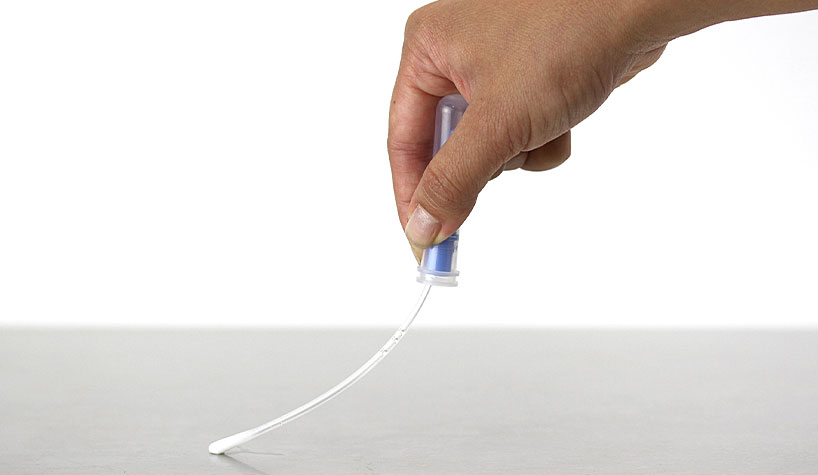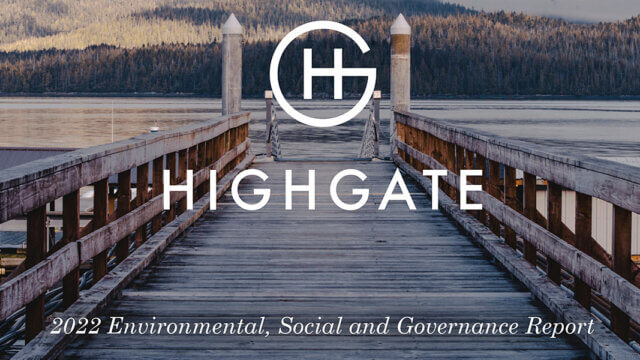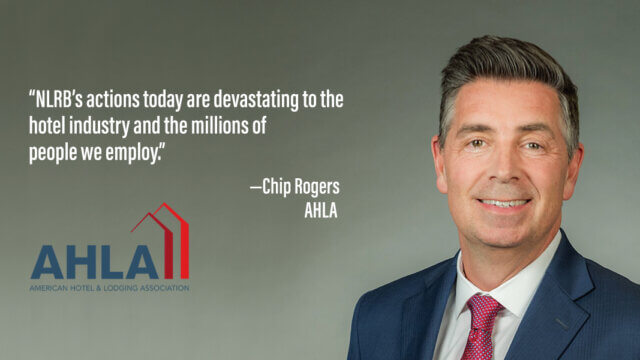CAMARILLO, CA—With international concerns about the coronavirus and other germs, hotels and their guests will want to know that their spaces are clean and sanitary—and that the extra cleaning practices that have been implemented have been followed correctly.
“I think that there is going to be some hesitation to travel right away when this all clears up,” said Steve Nason, CEO of Hygiena, makers of ATP Cleaning Verification products. “Instilling in your customer base that the additional processes you’ve put in place are working, that you are training your staff properly and your staff is executing on these new procedures will give your customer base confidence that you are doing everything necessary, everything right. They [will then] feel pretty good that they are in a cleaner facility where they are not going to get sick.”
ATP Cleaning Verification products can tell users in as little as 10 seconds if a surface has been cleaned properly using ATP, an energy molecule found in all plant, animal and microbial cells. It fuels metabolic processes such as cellular reproduction, muscle contraction, plant photosynthesis, respiration in fungi, and fermentation in yeast. All organic matter (living or once-living) contains ATP, including food, bacteria, mold and other microorganisms, according to the company.
Hygiena ATP testing devices contain a natural enzyme found in fireflies, called luciferase, which produces a simple bioluminescence (light-producing) reaction when it comes into contact with ATP. Using bioluminescence technology, the ATP meters can measure extremely low levels of ATP collected with testing devices. Measuring the amount of bioluminescence from an ATP reaction provides an indication of surface cleanliness because the quantity of light generated by the reaction is directly proportional to the amount of ATP present in the sample.
“We have hotels that are using our product around the world for training purposes and spot-checking employees, and then also using the systems in their food and beverage halls and commissaries within their hotels,” said Nason. “Hotels use our product in a training setting where they show an employee how to properly clean a surface. That could be taking a rag and spraying it with some sort of cleaning agent, wiping a surface down and then not taking that same rag and using it on multiple locations.”
While you can explain this process to an employee, the system can offer a visual confirmation of why that is important. “Truly understanding why you don’t want to take a rag and move it from location to location—because they are cross-contaminating a surface—is a little bit more of a complex concept for them to understand and maybe even believe,” he said. “So you can use our systems to rapidly show what a surface looks like that the user might think is clean, but it is really not clean. That is an eye-opening experience for somebody because they realize that the surface looks completely clean, but it actually isn’t.”
The system is also used to spot-check employees and processes. “Just like in hospitals and quick-service restaurants, there is a lot of employee attrition,” said Nason. “So you are having to constantly train employees. This is a way to monitor your employees to find those who are not cleaning correctly or not following the procedures that you put in place, and sit down and talk to them and show them how they need to be doing this.”
He said that while some reality hotel shows on TV can use hidden cameras to show how cleaning staff are not following proper processes, it is cost-prohibitive for a regular hotel. “This is a way you can go in and spot-check rooms to really see if your staff is doing well,” he said. “Then ultimately, at the end of the month, and the quarter, you can even run reports that show the whole staff which staff members are doing really well, and which are doing poorly. You can reward people for good scores, and that motivates the team. There are ways to incentivize employees to clean really well.”
With these two uses, Nason said that hotels can let their guest know that they can be confident in the cleanliness of their rooms. “Our system is a way that marketing teams in big and small hotel chains can use to say that they take the extra step and monitor employees and make sure their cleaning is actually working and the facilities are really clean,” he said. “That gives people the confidence that the hotel chain is taking it seriously and the facility is probably pretty clean. That gets people coming out and staying in the hotels.”




